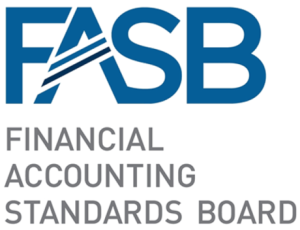The Financial Accounting Standards Board (FASB) today issued two new chapters of its Conceptual Framework. The Conceptual Framework is a body of interrelated objectives and fundamentals that provides the FASB with a foundation for setting standards and concepts for it to use as tools for resolving accounting and reporting questions. A Statement of Financial Accounting Concepts is nonauthoritative and does not establish or change generally accepted accounting standards.
“The new chapters of the FASB’s Conceptual Framework address two important areas of financial reporting: financial statement elements and presentation,” stated FASB Chair Richard R. Jones. “They enhance our Conceptual Framework, which is a tool for the Board to use in setting standards that improve the understandability of information entities provide to existing and potential investors, lenders, donors, and other resource providers.”
FASB Concepts Statement No. 8, Conceptual Framework for Financial Reporting—Chapter 4, Elements of Financial Statements, defines elements of financial statements to be applied in developing standards for both businesses and not-for-profit entities. These elements provide a foundation for information that is relevant to the objective of financial reporting—namely, to provide financial information about the reporting entity that is useful to existing and potential investors, lenders, and other creditors in making decisions about providing resources to the entity. Chapter 4 supersedes Concepts Statement No. 6, Elements of Financial Statements.
FASB Concepts Statement No. 8, Conceptual Framework for Financial Reporting—Chapter 7, Presentation, identifies factors for the Board to consider when deciding how items should be displayed on the financial statements. The Board will assign priority to the factors based on the item being evaluated for presentation purposes. The priority of the factors would be determined in the context of best meeting the objective of financial reporting. Chapter 7 supersedes portions of Concepts Statement No. 5, Recognition and Measurement in Financial Statements of Business Enterprises. The new chapters are available on the FASB website.
Thanks for reading CPA Practice Advisor!
Subscribe Already registered? Log In
Need more information? Read the FAQs
Tags: Accounting




